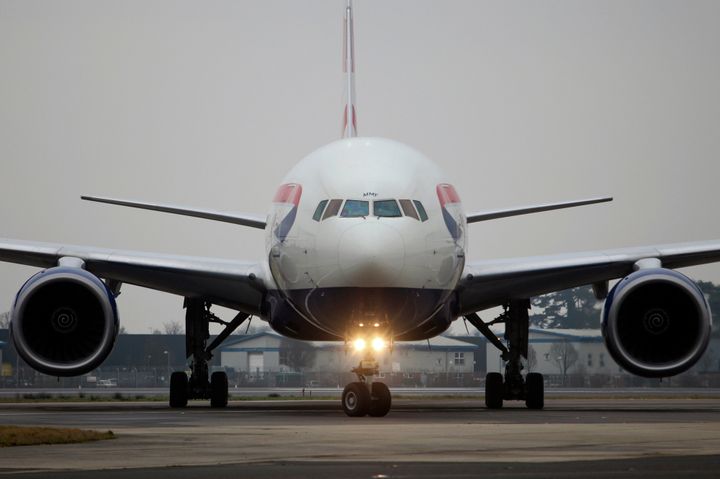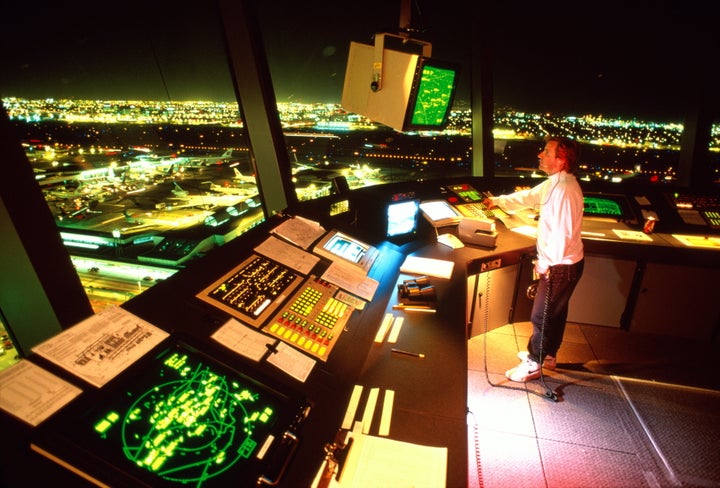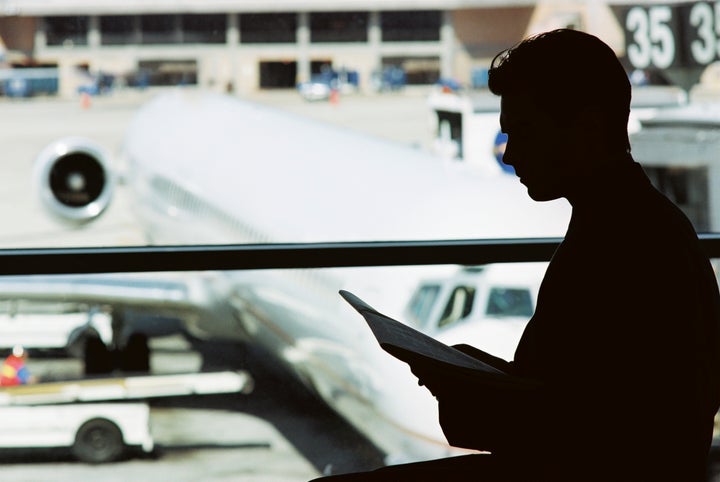
That frustrating and sometimes lengthy period between boarding an airplane and taking off could soon be consigned to the history books.
Engineers at the Massachusetts Institute of Technology have developed an algorithm they hope will shorten how much time passes between passengers getting on board and into the sky.
The formula takes weather conditions, runway traffic and incoming and outgoing flights all into account to predict how long a particular aircraft will have to wait before departure. Air traffic controllers can use the data to hold airplanes at the gate, which would help avoid congestion on the actual runway.

The theory is that passengers will save on the time stuck on board by remaining inside the terminal. The plane also won't unnecessarily burn fuel by waiting with its engines running on the tarmac.
Hamsa Balakrishnan, an associate professor of aeronautics and astronautics at MIT, and former MIT graduate student Ioannis Simaiakis designed the model with support from the National Science Foundation.
“Sometimes, if there is a controller with a lot of experience or intuition, they might actually decide they'll hold aircraft back," Balakrishnan said in a press release. "Historically, though, they don't, they just let everybody go. Which is why you have queues of 40 aircraft waiting at the runway. And you want to avoid that."

The model has been tested at airports across the U.S., according to Digital Trends, and further testing is underway. Holding planes at the gate cut taxiing time by about 20 percent and saved each plane about 16 to 20 gallons of fuel, Balakrishnan said.
Without some kind of intervention, traffic on the tarmac is only expected to get worse than it is now, with Balakrishnan predicting "system-wide" congestion as early as 2022.
There are 14,000 air traffic controllers in the U.S. who deal with an average of 70,000 flights every day, according to the National Air Traffic Controllers Association.
Also on HuffPost:
